Description
Polyvine Crackle Glaze is an Acrylic medium to produce consistent cracking of emulsion paint/latex. This is ideal to create unique decorative aged effects on furniture, skirting boards, walls, architrave, pottery, picture frames and much more. It is also often used with Annie Sloan chalk paints to create an antique paint effect on furniture.
How to use Polyvine Crackle Glaze
- Seal porous surfaces; ensure Polyvine Crackle Glaze is well mixed.
- Always try the technique on a test piece before starting the project. Walls and vertical surfaces need a lot of practice.
- Choose the colour of emulsion/latex paint, one (satin) for the base coat – the colour of the cracks, the other (must be Matt) for the topcoat.
- Apply the base coat and allow to dry.
- Apply the crackle glaze in one direction with a good quality brush.
- The coat must be smooth and even, if not remove the glaze with a damp cloth, and reapply working it into the surface before laying off to a smooth even coat.
- Allow the Polyvine Crackle Glaze to fully dry.
- Apply the topcoat of Matt emulsion/latex, thinned with 10% water to produce an easily flowing paint.
- Apply at right angles to the crackle glaze coat. Lay off with a good quality brush, load brush with generous amount of paint and apply in one pass only.
- Do not over brush this will mix the glaze and paint and no cracks will appear. The thickness of the topcoat determines the size of the cracks – the thicker the coat the wider the cracks.
- Leave to dry for 24 hours and protect with Polyvine Decorators Varnish
- Cracking occurs immediately as the paint dries, revealing the base colour through the cracks.
If Cissing Occurs
Glaze pulls back – rejects the surface – brush through repeatedly with pressure on the brush. Alternatively take a damp lint free cloth and rub the glaze hard into the surface – brush through with glaze again. If cissing persists wipe surface free of glaze and rub down with detergent and dry well.
Spraying Crackle finish
To obtain consistent results and achieve uniform cracking on larger areas; application with HVLP spray is recommended. Use the fan adjustment knob on the rear of the gun to fine tune the spray to meet your needs (i.e., if you are getting runs, adjust the fan speed faster to achieve higher paint atomization or turn the speed lower to achieve a thicker initial coat). Adjust the fluid control knob to handle the increased or decreased fan speed. You want the amount of paint to provide a solid mist of paint droplets, but not so much volume that the paint begins to run. Sweep the gun back and forth 6 to 8 inches from the object you are painting. Always keep the gun perpendicular to the paint surface and sweep at a medium pace.
Please Note
COVERAGE – Approx. 8 sq. m per litre
No OF COATS – 1 coat
DRYING TIME – 15mins-1 hr, depending on temperature
CLEANING – Clean tools/equipment with warm soapy water, rinse well with clean water, and allow to dry naturally.
STORAGE – Protect from extremes of temperature during storage and application.
Health and safety
Non-hazardous. Ensure good ventilation. Keep out of reach of children. Contact with eyes-wash immediately with warm water. Remove excess from tools and mixing vessels before washing in warm soapy water. Do not empty containers into drains or watercourses.
Safety Data Sheets

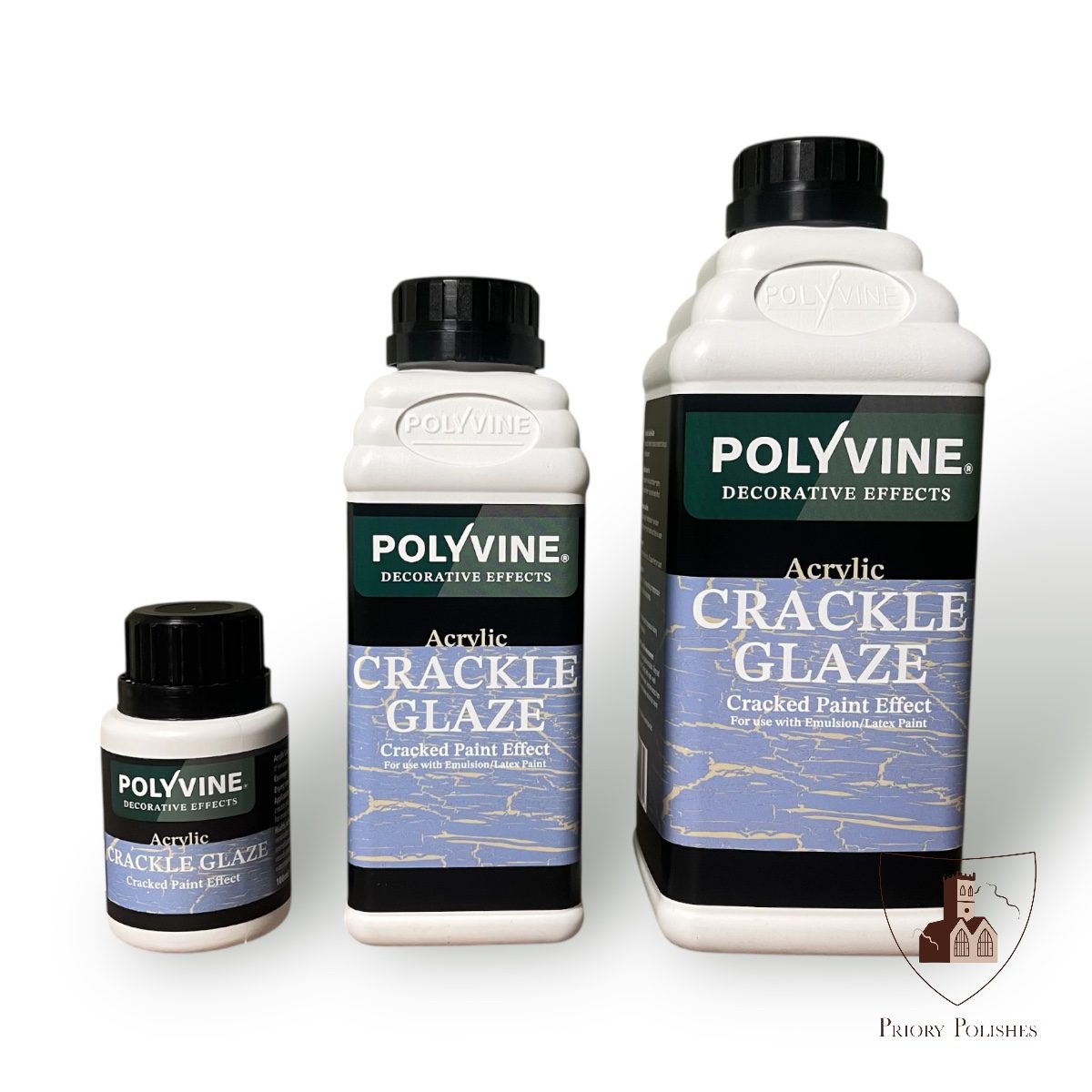
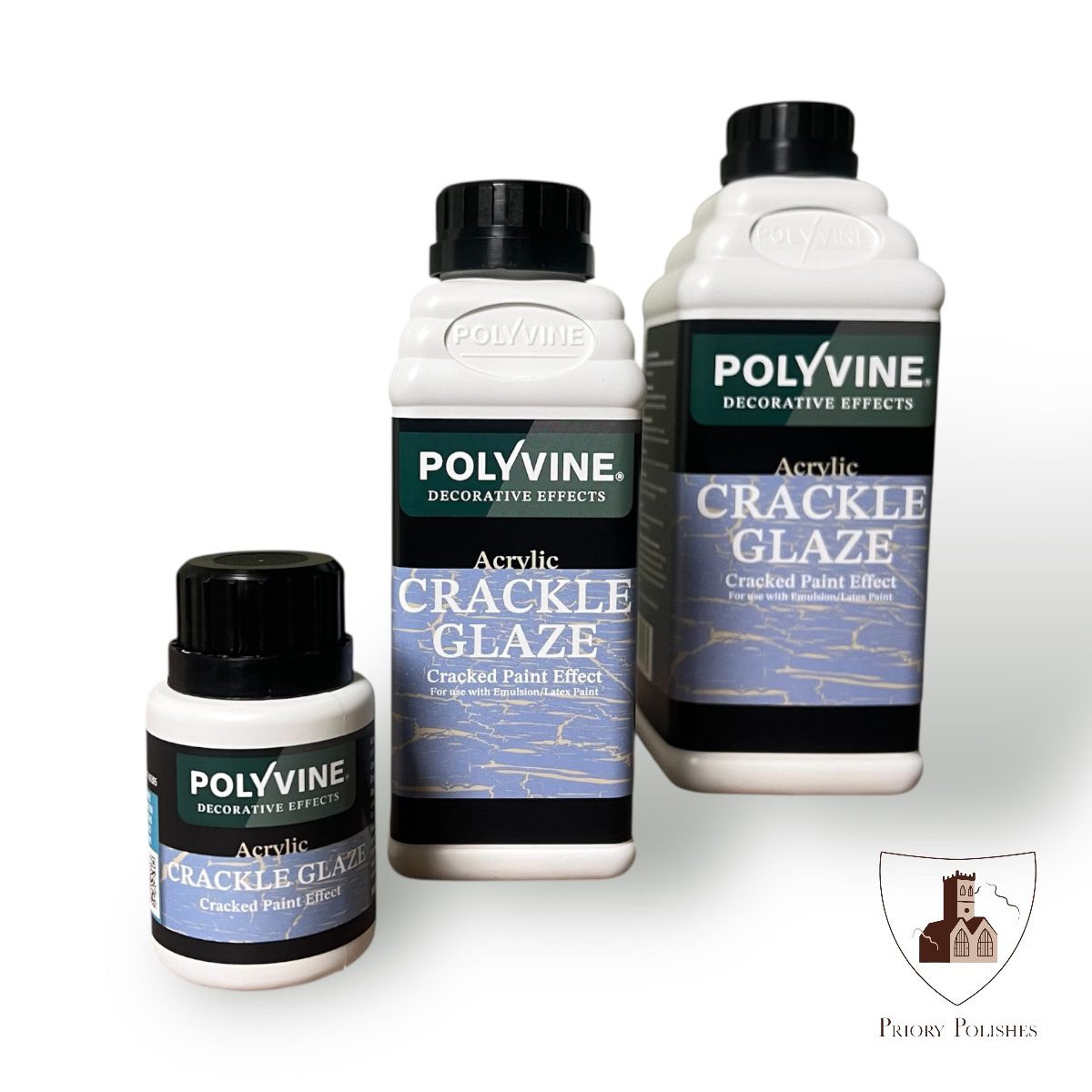
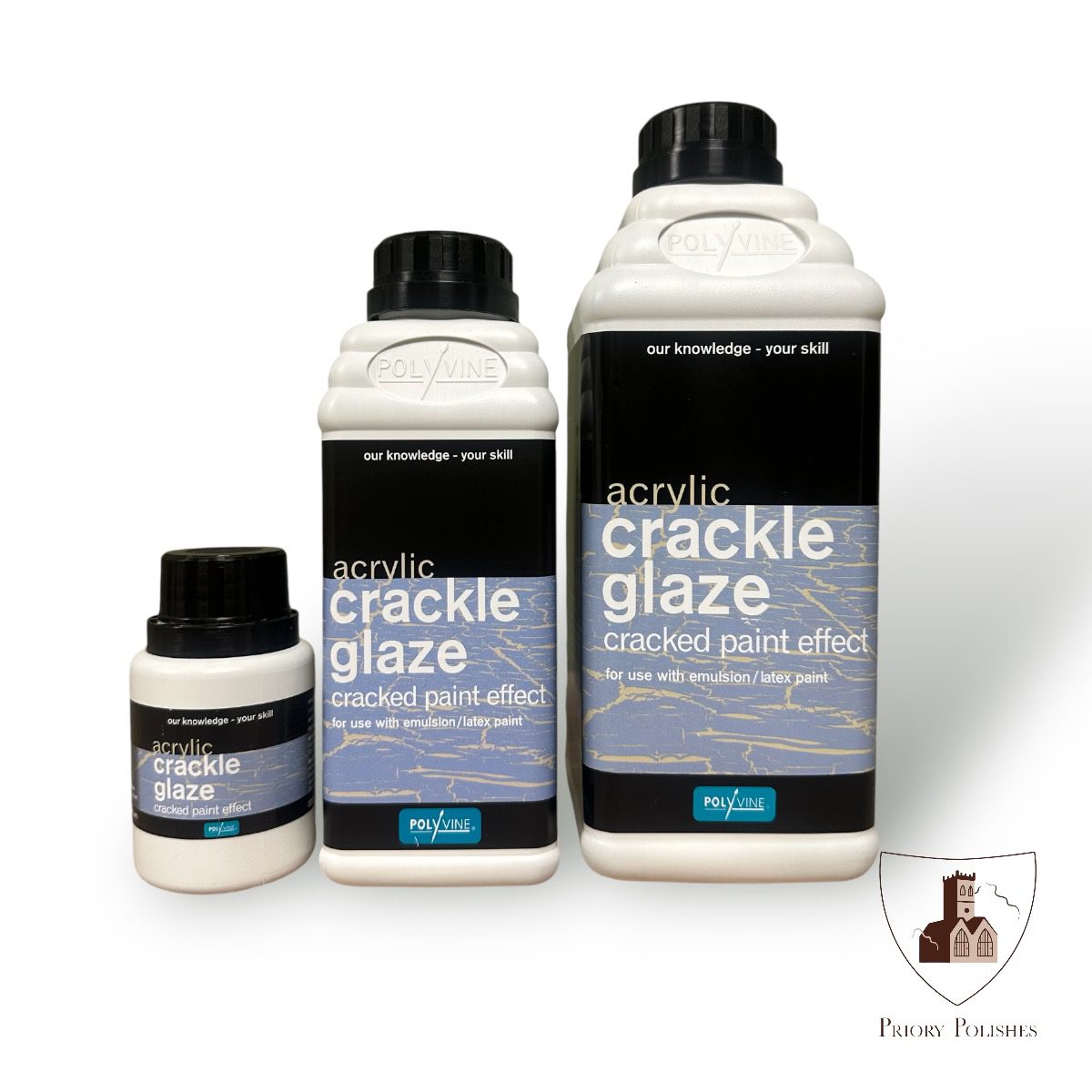
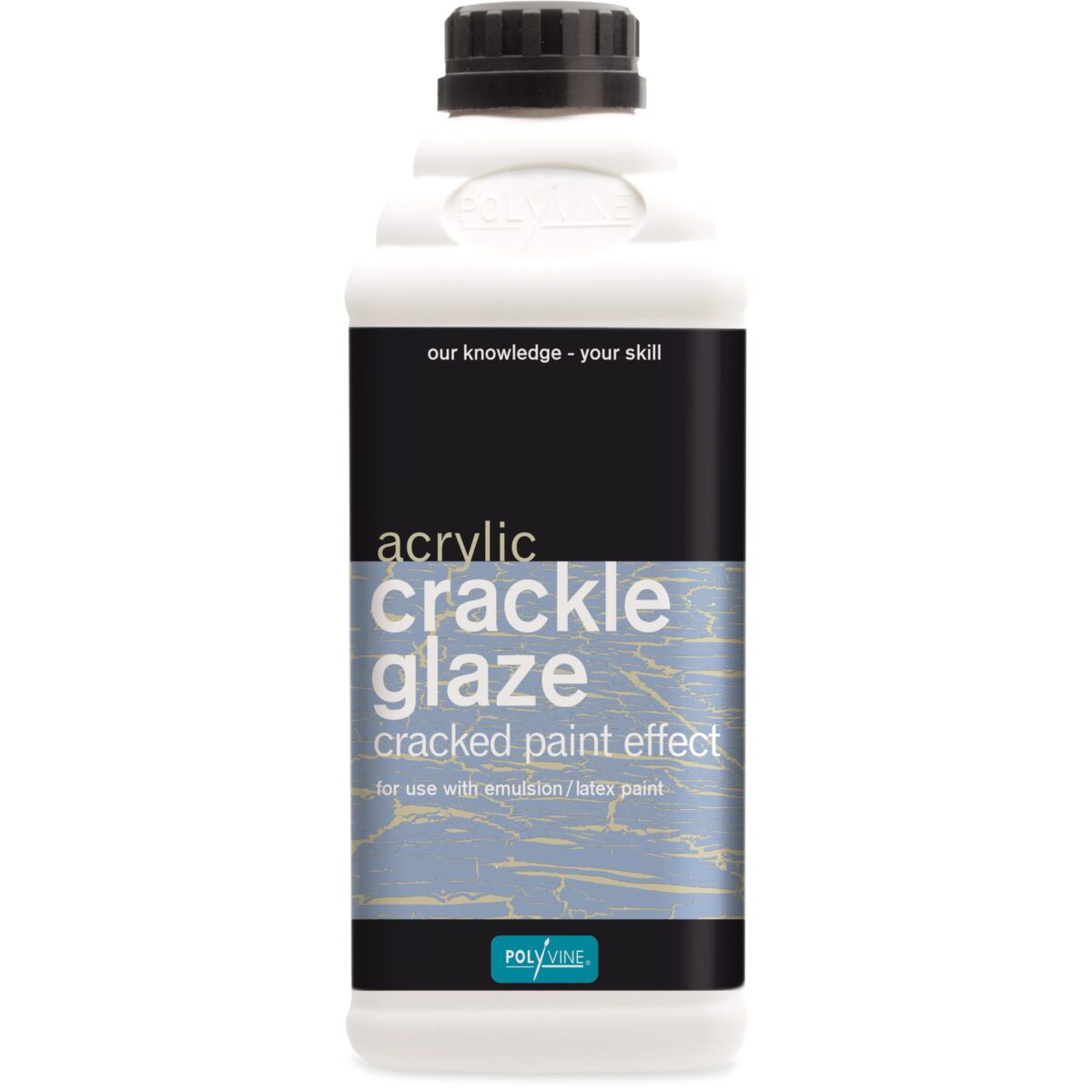
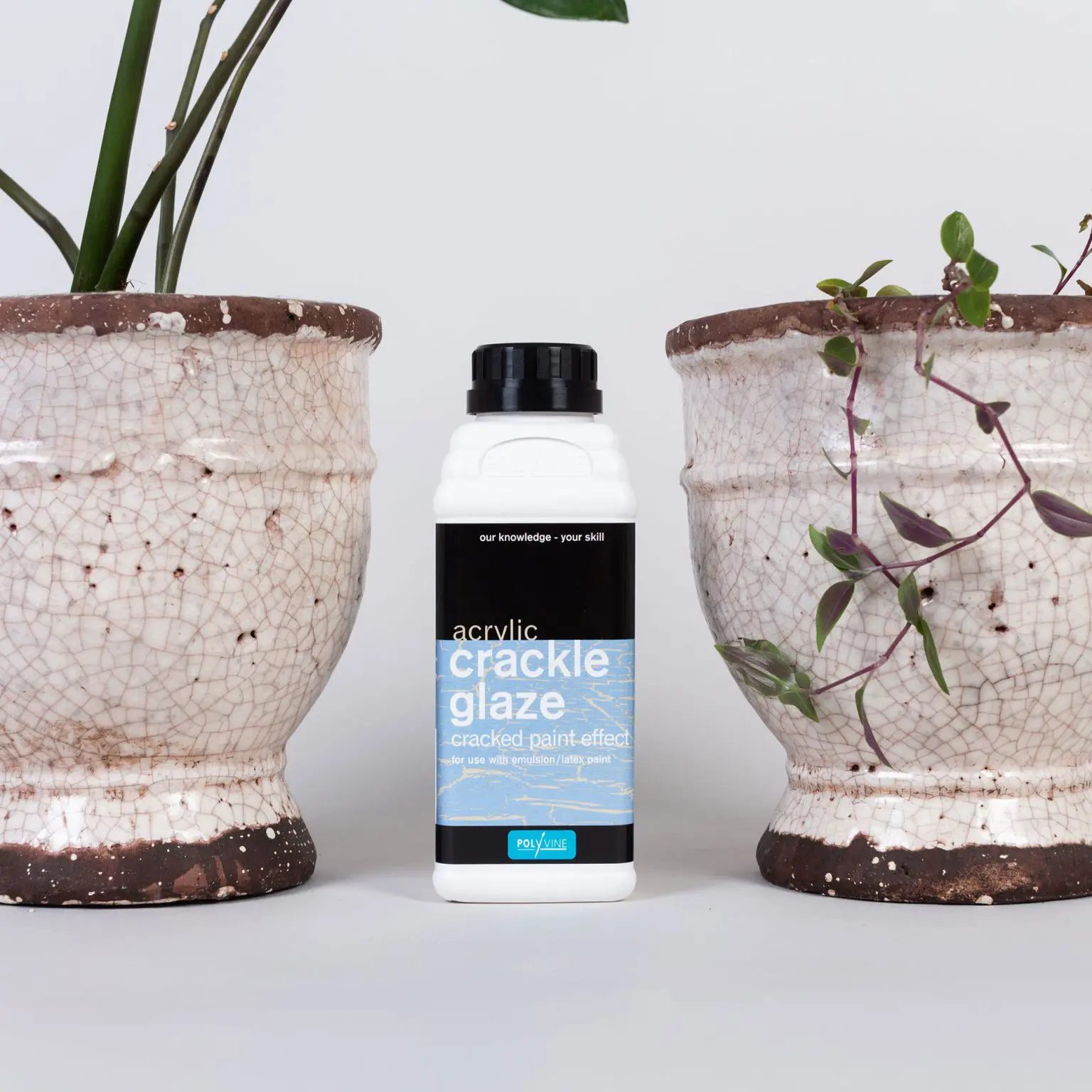

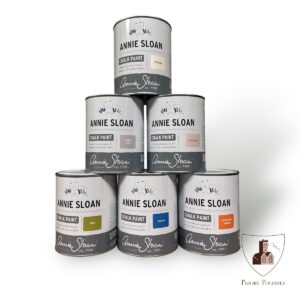
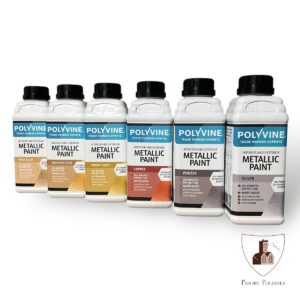
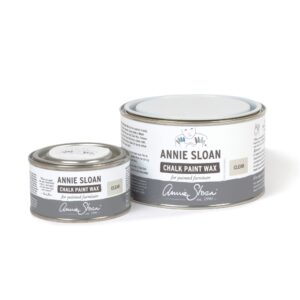


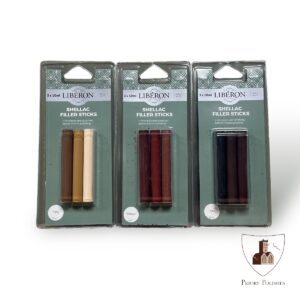
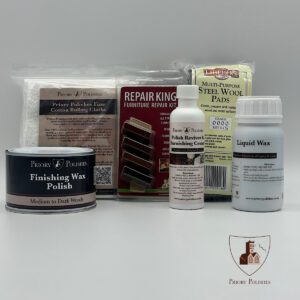
Reviews
There are no reviews yet